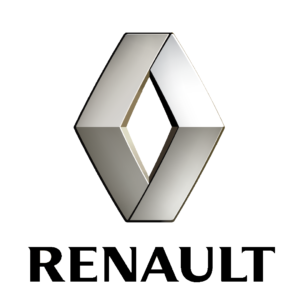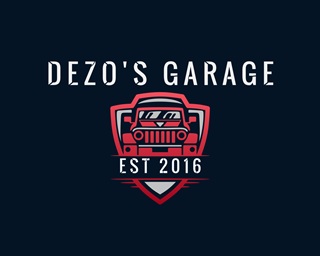Renault USA History

In North America, Renault partnered with American Motors Corporation (AMC), lending AMC operating capital and buying a minority 22.5% stake in the company in late 1979. The first Renault model sold through AMC's dealerships was the R5, renamed Renault Le Car. Jeep was keeping AMC afloat until new products, particularly the XJ Cherokee, could be launched. When the bottom fell out of the four-wheel drive (4×4) truck market in early 1980, AMC was in danger of bankruptcy. To protect its investment, Renault bailed AMC out with cash – at the price of a controlling 47.5% interest. Renault replaced some AMC executives, and Jose J. Dedeurwaerder of Renault became President of AMC.
The partnership resulted in the marketing of Jeep vehicles in Europe. The Jeep XJ Cherokee may have been a joint AMC/Renault project, since some early sketches of the XJ series were made in collaboration by Renault and AMC engineers (AMC insisted that the XJ Cherokee was designed by AMC personnel; even though a former Renault engineer designed the Quadra-Link front suspension for the XJ series). The Jeep also used wheels and seats from Renault. Part of AMC's overall strategy was to save manufacturing cost by using Renault parts and engineering expertise when practical. This led to the improvement of the venerable AMC inline six – a Renault/Bendix-based port electronic fuel injection system (usually called Renix) transformed it into a modern, competitive powerplant with a jump from 110 to 177 hp (82 to 132 kW) with less displacement (from 4.2 to 4.0 litres). The XJC Cherokee concept, which was conceived in 1983 as a successor to the XJ series, was also a joint collaboration with AMC and Renault engineers until the design was inherited by the Chrysler Corporation in late 1987 after Renault divested AMC – which debuted in 1989 as the Jeep Concept 1 (evolving into the Jeep Grand Cherokee in April 1992).
The Renault-AMC marketing effort in passenger cars was not successful compared to the popularity for Jeep vehicles. This was because by the time the Renault range was ready, the second energy crisis was over, taking with it much of the desire for economical, compact cars. One exception was the Renault Alliance (an Americanised version of the Renault 9), which debuted for the 1983 model year. Assembled at AMC's Kenosha, Wisconsin plant,[59] the Alliance received Motor Trend's domestic Car of The Year award in 1983.[61] The Alliance's 72% US content allowed it to qualify as a domestic vehicle, making it the first car with a foreign nameplate to win the award. (In 2000, Motor Trend did away with separate awards for domestic and imported vehicles.) A surprising side effect of the AMC linkup was that Renault felt the effects of the Arab League boycott of companies doing business with Israel, as AMC built Jeeps there under license. Plans to sell the Renault 9 in the Middle East were mothballed as a result.
US releases in the 1980s included the Renault Alliance GTA and GTA convertible – an automatic-top convertible with a 2.0 litre engine – big for a car of its class and the Renault Fuego coupé. The Alliance was followed by the Encore (US version of the Renault 11), an Alliance-based hatchback.[59] In 1982, Renault become the second European automaker to build cars in the US, after Volkswagen. However, Renault quickly became the target of customer complaints for poor quality and sales plummeted.
Eventually, Renault sold AMC to Chrysler in 1987 after the assassination of Renault's chairman, Georges Besse.[31] The Renault Medallion (Renault 21 in Europe) sedan and wagon was sold from 1987 to 1989 through Jeep-Eagle dealerships. Jeep-Eagle was the division Chrysler created out of the former AMC. Renault imports ended after 1989. A completely new full-sized 4-door sedan, the Eagle Premier, was developed during the partnership between AMC and Renault. The Premier design, as well as its state-of-the-art manufacturing facility in Bramalea, Ontario, Canada, were the starting point for the sleek LH sedans such as the Eagle Vision and Chrysler 300M.
In early 1979, as part of its attempts to expand into the US market, Renault bought a 20% minority stake in the truck manufacturer Mack Trucks. The aim of this operation was to make use of the company's extensive dealership network to distribute light trucks. In 1983, Renault increased its stake in Mack Trucks to 44.6%. In 1987, it transferred the ownership of a 42% stake to Renault Véhicules Industriels.
